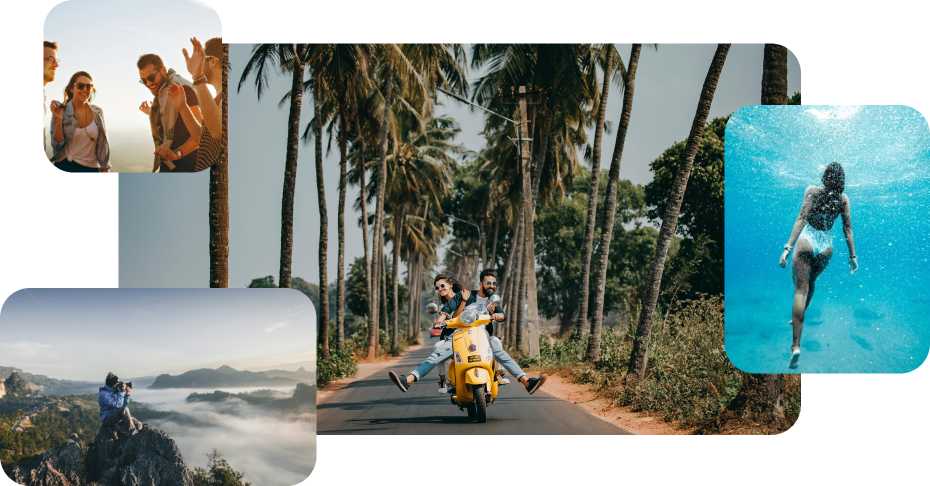In the tourism industry, advertising has become a powerful tool to connect with travelers and spark their desire to explore the world. Telling authentic and emotional stories is key to creating tourism advertising campaigns that truly inspire and leave a lasting impression. In this article, we’ll explore how brands can leverage tourism marketing to design effective strategies that captivate audiences, while highlighting essential keywords to boost your SEO strategy.
The Importance of Storytelling in Tourism Advertising
Storytelling is at the heart of tourism branding. Beyond promoting a destination, it’s about conveying emotions and experiences. Travelers seek more than just landscapes—they crave moments that transform their perspective of the world. This is where tourism communication strategies can make a difference, by crafting narratives that reflect the authenticity and uniqueness of a place. For example, a campaign showing a tourist enjoying coffee in a small Italian village doesn’t just promote the location—it evokes the sense of calm and authenticity that modern travelers long to experience.

Effective Tourism Communication Strategies
The success of any campaign depends on a well-planned strategy. Tourism communication strategies should focus on three main pillars: knowing the audience, creating compelling tourism content, and leveraging digital marketing for tourism. Researching what motivates travelers and what experiences they are looking for is essential, as is using images, videos, and text that tell genuine stories. Using platforms like social media, blogs, and email marketing helps maximize reach. Each of these steps should be supported by strategic communication solutions that ensure message consistency and strengthen the identity of the destination or brand.
Experiential Marketing: Beyond Promotion
Experiential marketing is a growing trend that emphasizes creating memorable experiences. Travelers don’t just want to see a destination—they want to feel it. Here, the role of tourism promotion extends to generating immersive interactions that users will remember. One example of experiential marketing is an augmented reality app that allows tourists to virtually explore a museum or city before their trip. This approach combines technology with tourism content to deliver a richer experience.
Tourism Advertising and Sustainable Travel
Today’s travelers increasingly value the impact of their decisions. This has led to a rise in sustainable tourism, where campaigns must highlight responsible practices. Incorporating elements of sustainability into destination management not only improves brand perception but also reinforces environmental commitment. For instance, a campaign showing tourists participating in reforestation projects or supporting local communities blends emotional storytelling with a sustainability message, positioning the destination as an ethical choice.
Digital Solutions to Boost Tourism Advertising
The digital age has transformed how travelers search for and choose destinations. Digital marketing for tourism has become an essential ally for reaching global audiences. Tools like Google Ads, social media campaigns, and SEO strategies are fundamental for placing a destination in relevant searches. An optimized campaign should include keywords such as “best experiences in Bali” or “sustainable travel in Europe.” Additionally, incorporating striking visuals and real testimonials can increase conversion rates.

How to Tell Stories That Inspire
To wrap up, here are some practical tips for creating stories that connect:
-
Identify the destination’s unique value,
-
Highlight what makes each place special, such as its culture, history, or landscapes,
-
Connect with emotions by appealing to feelings like joy, nostalgia, or awe,
-
Use different formats, combining text, video, and images to enrich the message,
-
Include clear calls to action, like booking a trip, visiting a website, or sharing on social media.
Conclusion
Tourism advertising is much more than promoting destinations; it’s about inspiring adventures and building emotional connections with travelers. By applying well-structured communication solutions, brands can stand out in a competitive market and create a lasting impact.

